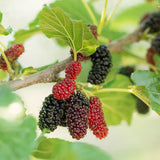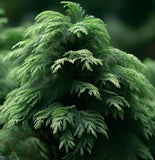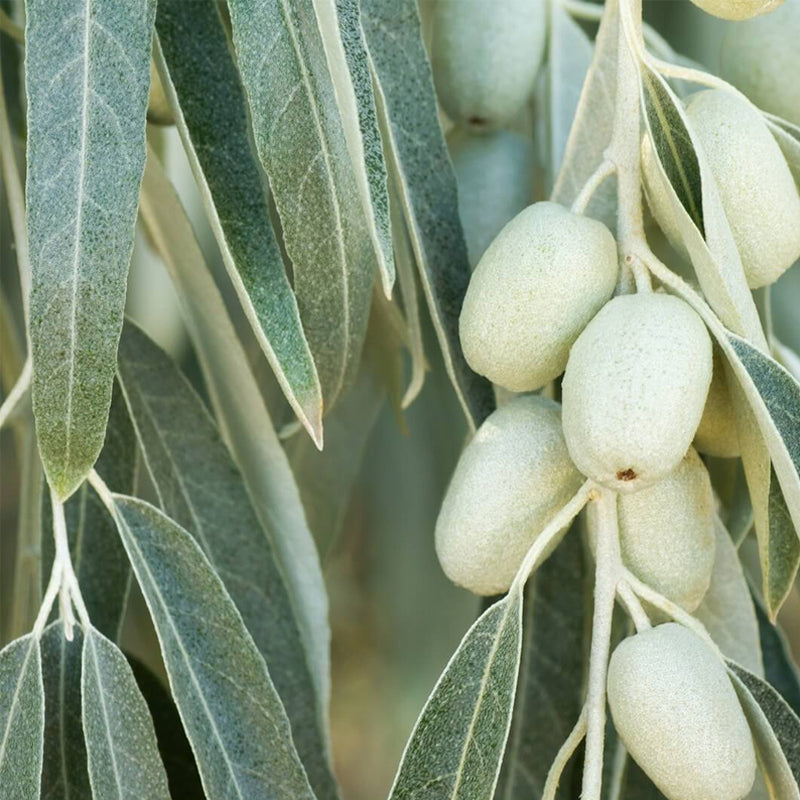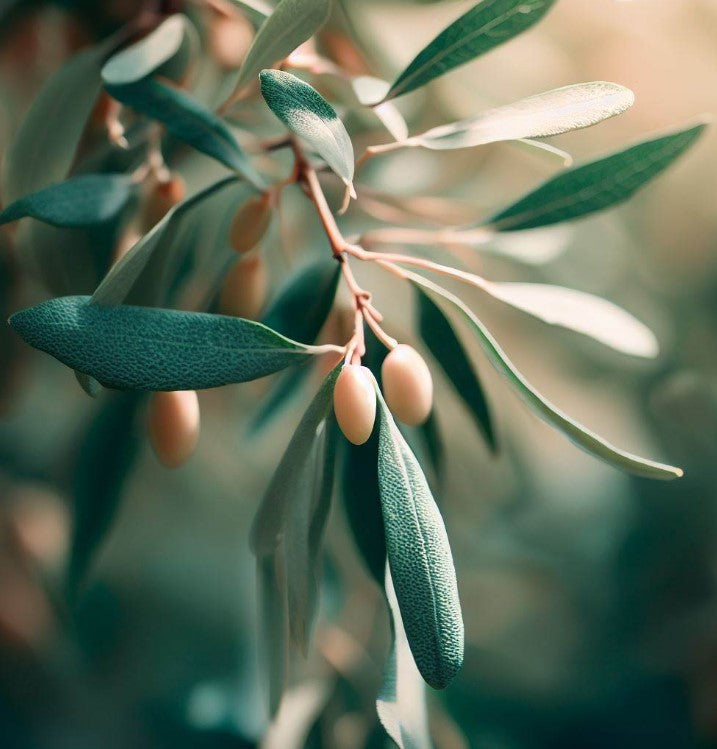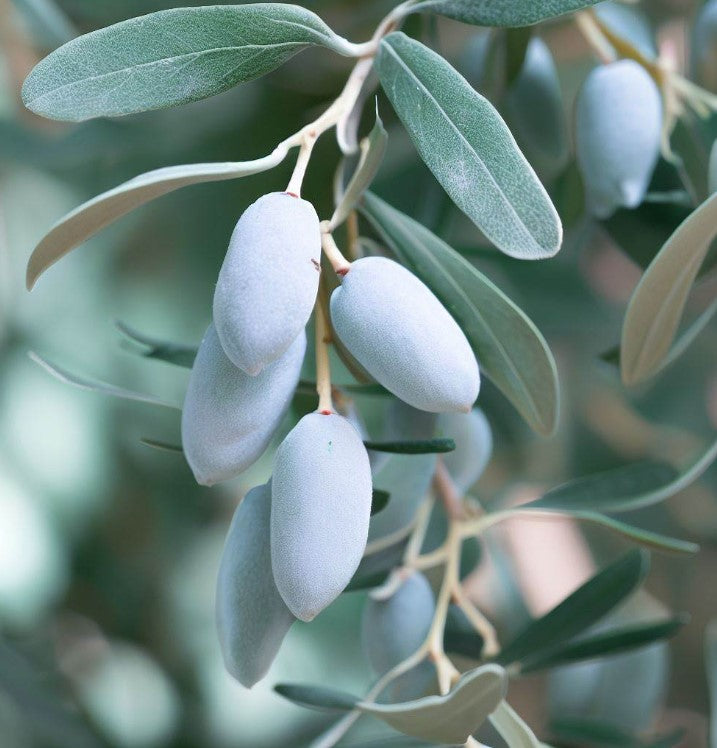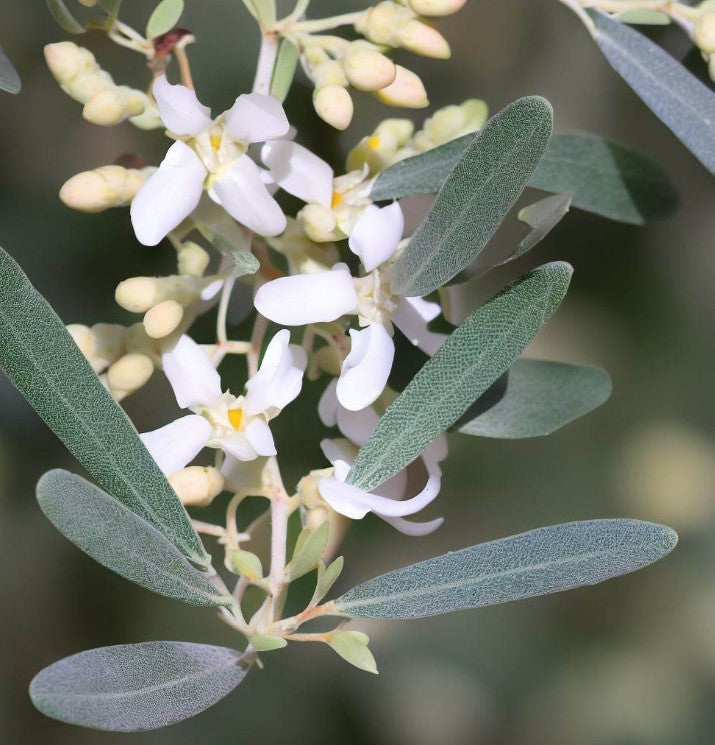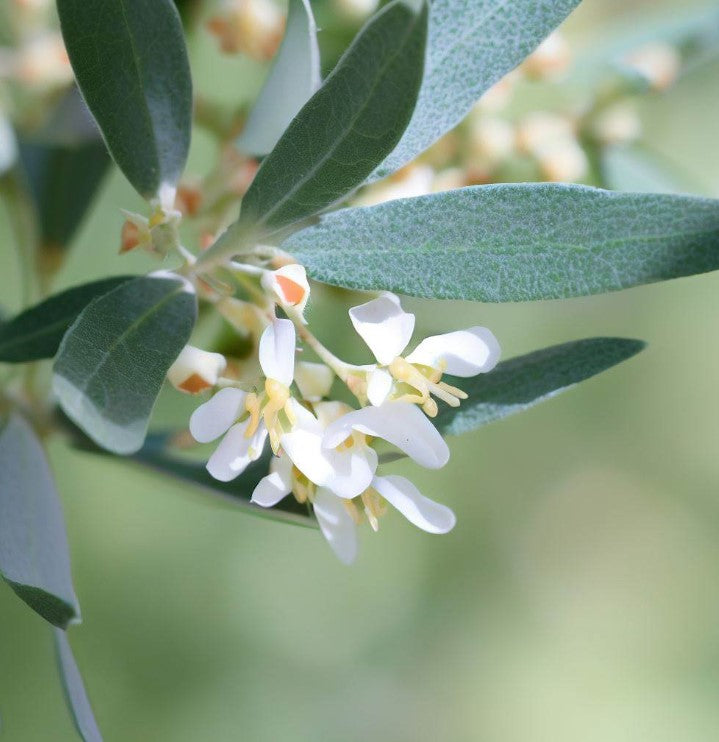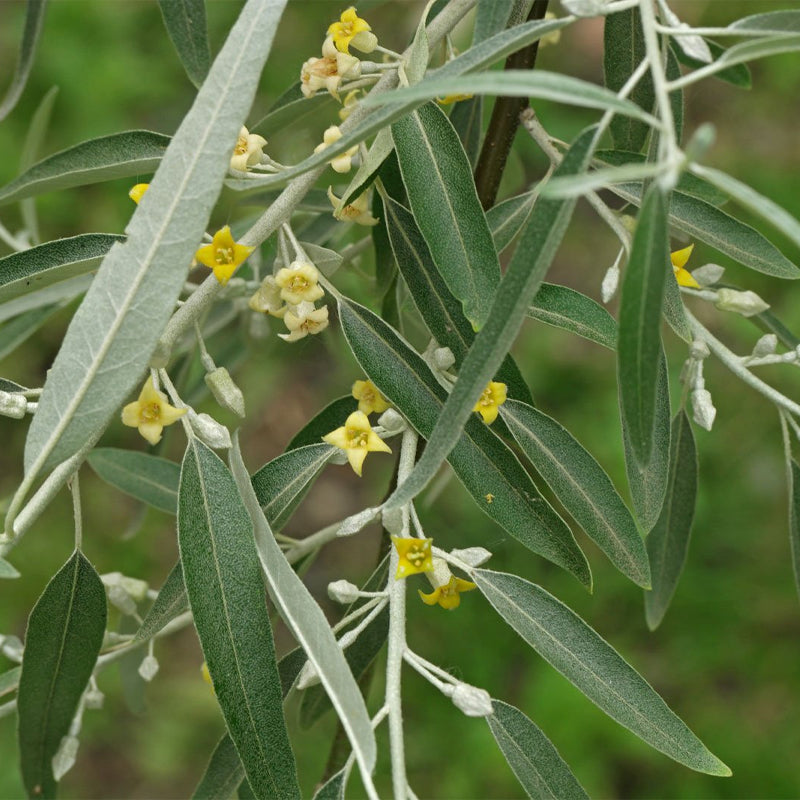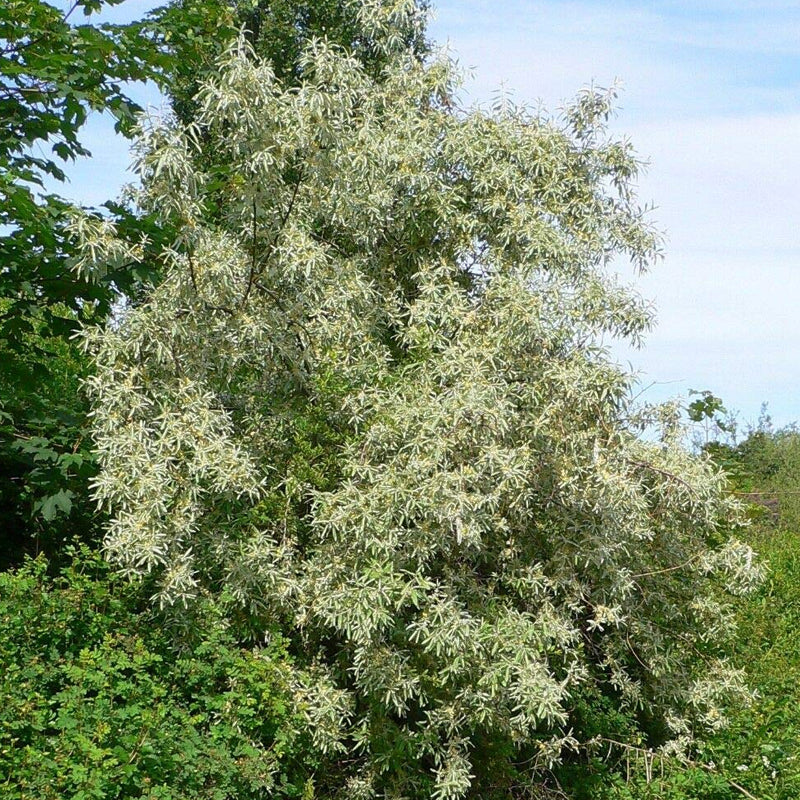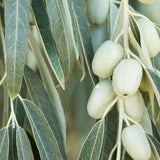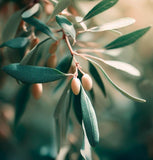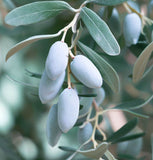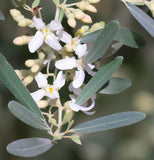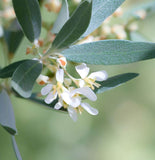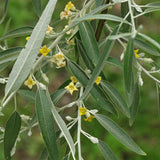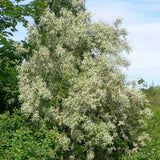Elaeagnus angustifolia (Russian Olive, Russian Silverberry, Oleaster)
Elaeagnus angustifolia (Russian Olive, Russian Silverberry, Oleaster) is a deciduous tree or large shrub native to Central Asia. It belongs to the Elaeagnaceae family and is valued for its ornamental features, adaptability, and its edible fruit. The Russian Olive has been introduced to various parts of the world for erosion control, windbreaks, and its attractive appearance.
Physical Characteristics: The Russian Olive is a medium-sized tree that can reach heights of 5-12 meters (16-39 feet) and sometimes taller. It has a spreading, irregular crown with branches that often have thorny spurs. The leaves are narrow, lance-shaped, and silvery-gray in color. They have a leathery texture and are covered in tiny scales, which give them a silver-like sheen.
Flowers and Fruits: The tree produces small, fragrant, pale yellow flowers that bloom in clusters along the branches. The flowers have a sweet scent and attract pollinators such as bees. Following successful pollination, the Russian Olive produces small, oval-shaped fruits that mature in late summer or early autumn. The fruits are initially green and eventually ripen to a yellow or orange color. They are edible and have a tart taste. Inside the fruits, there is a hard seed surrounded by a fleshy pulp.
Ecological Importance: Russian Olive trees have been widely planted for their ability to tolerate harsh environmental conditions and to combat soil erosion. Their extensive root systems help stabilize soil in areas prone to erosion. The tree's dense growth habit and ability to fix nitrogen also contribute to soil improvement. Additionally, the fruit of the Russian Olive provides a food source for wildlife, including birds and small mammals.
Cultivation and Uses: Due to its adaptability, the Russian Olive can thrive in a range of soil types and climates, including arid and semi-arid regions. It is often planted for windbreaks, hedges, and as an ornamental tree in parks and gardens. The fruits can be used to make jams, jellies, and preserves, or eaten fresh. The tree's wood is sometimes used for small-scale construction, furniture, and crafts.
Botanical Name : Elaeagnus angustifolia
Common Name : Russian Olive
Height : 5o ft
Spread : 20 ft
Germination Info : Seed requires 9-12 weeks cold moist stratification.
Hardiness zone : 2-7
Average seed per ounce : Approx. 313

